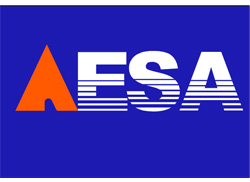Triceps surae exercises on standing with big toe side support emphasize peroneus longus activity.
Keywords:
triceps surae, peroneus longus, calf raiseAbstract
The purpose of this study was to investigate the activity patterns of the lower leg muscles and COP changes in representative cases when the loading point was varied, with the aim of helping to properly instruct the calf raise exercise.
On big toe side support, muscle activity and forward displacement of COP showed a biphasic pattern, and a small peak appeared in the middle of the movement in the vertical partial force. The same phenomenon could not be observed with 2nd and 3rd toe MP joint support.
The peroneus longus muscle was responsible for most of the heel elevation in the case of big toe side support, while all the muscles recorded in this study activated in the case of 2nd and 3rd toe MP joint support. In addition, the amount of muscle discharge was generally greater with the big toe side support than with the 2nd or 3rd toe MP joint support.
The results of this study showed that 2nd and 3rd toe MP joint support should be taught rather than big toe side support for calf raise exercise as a strengthening maneuver for leg muscle.
Downloads


















